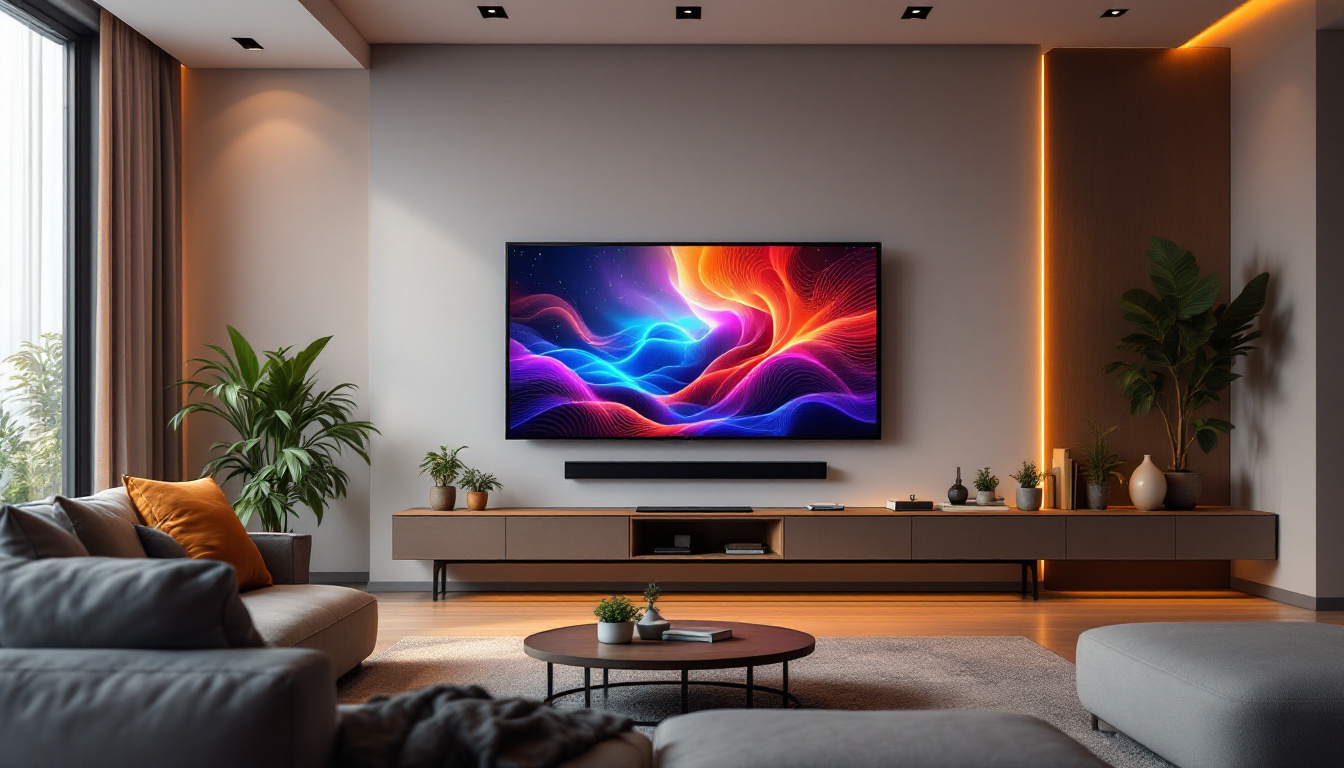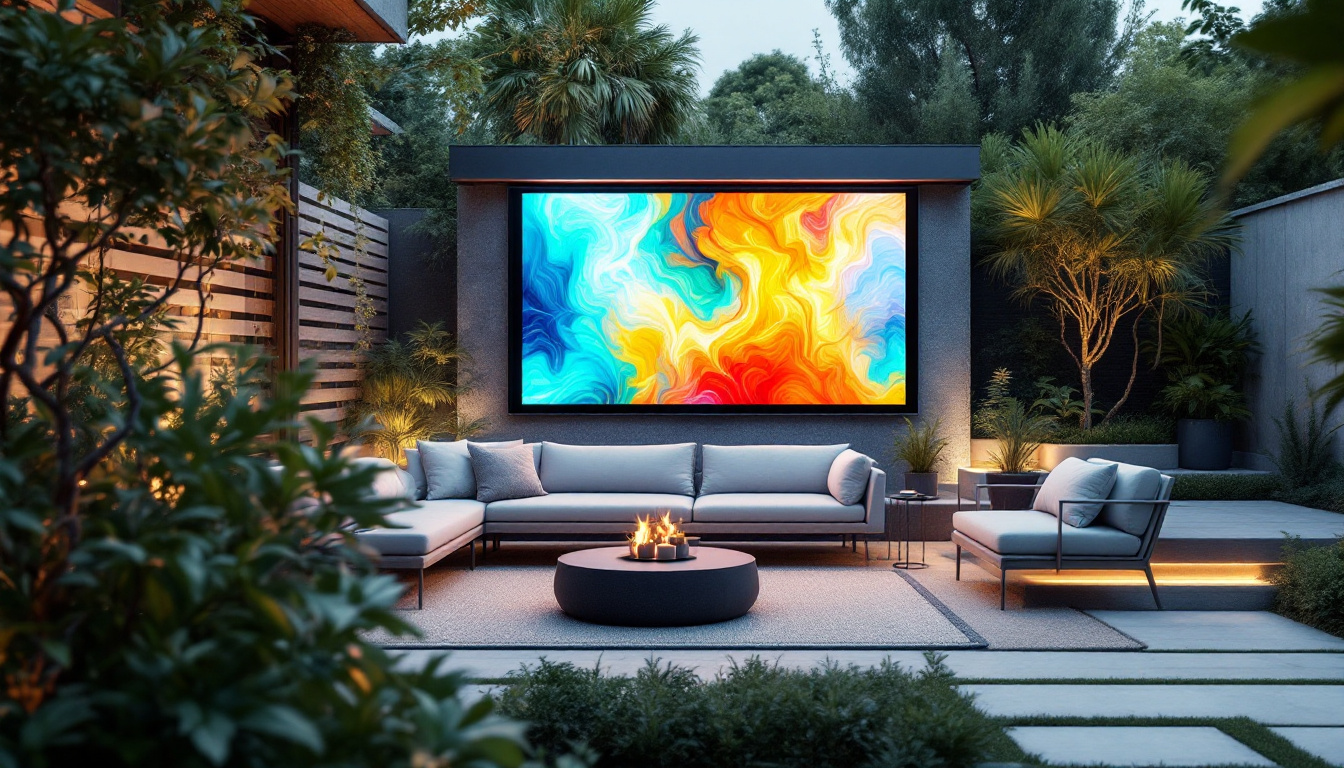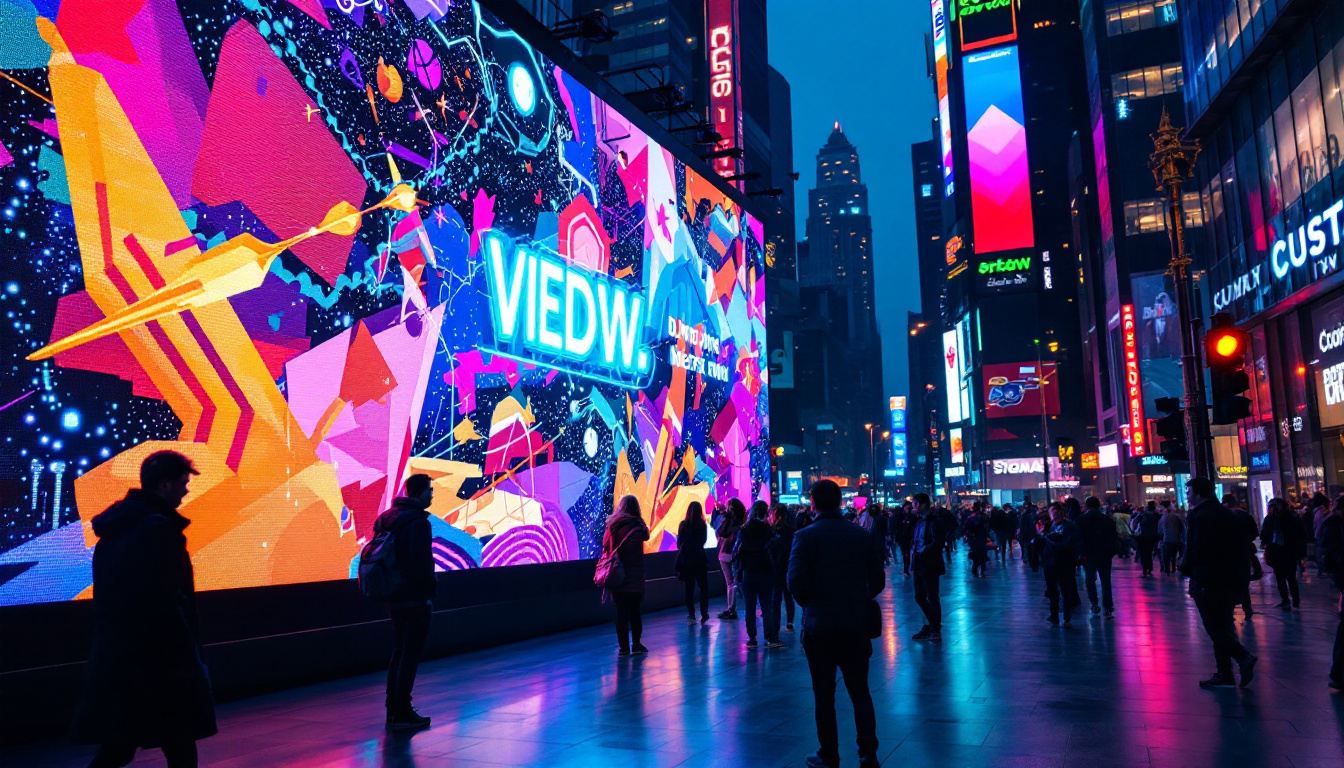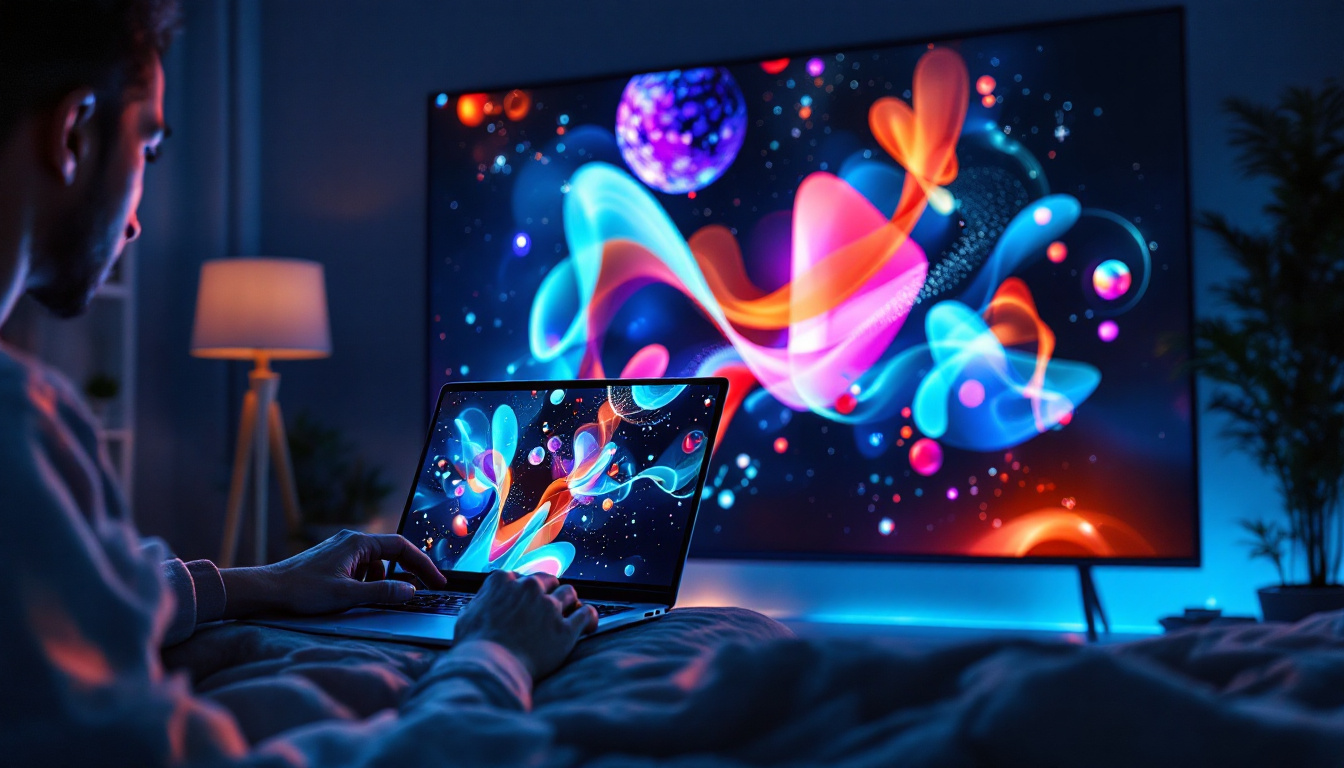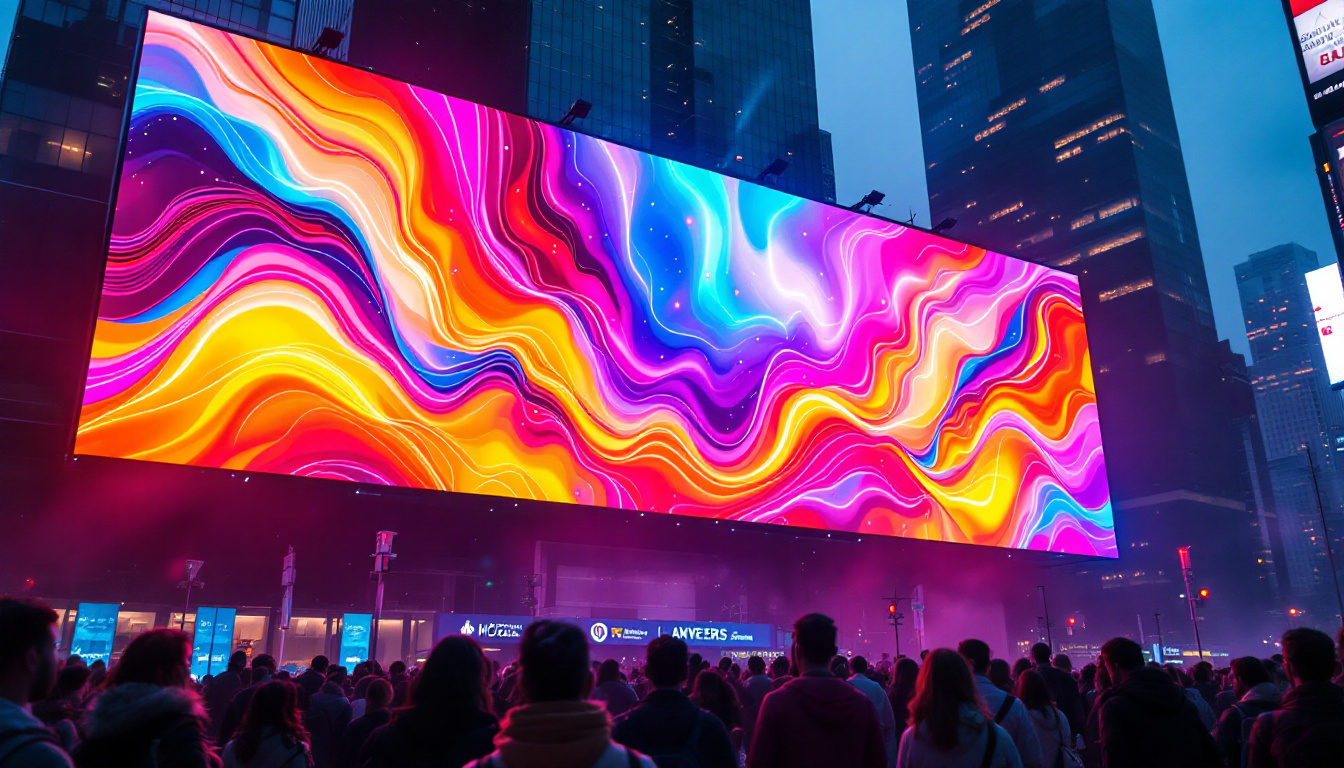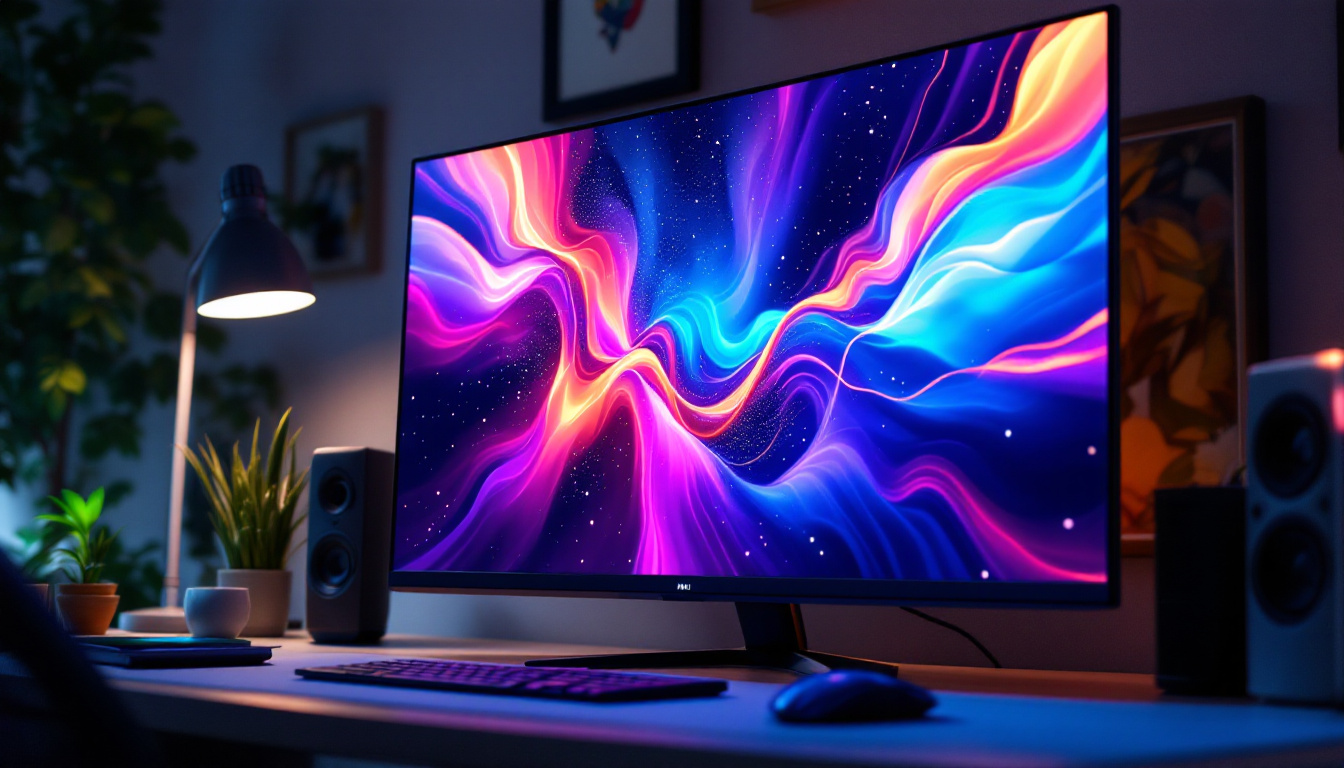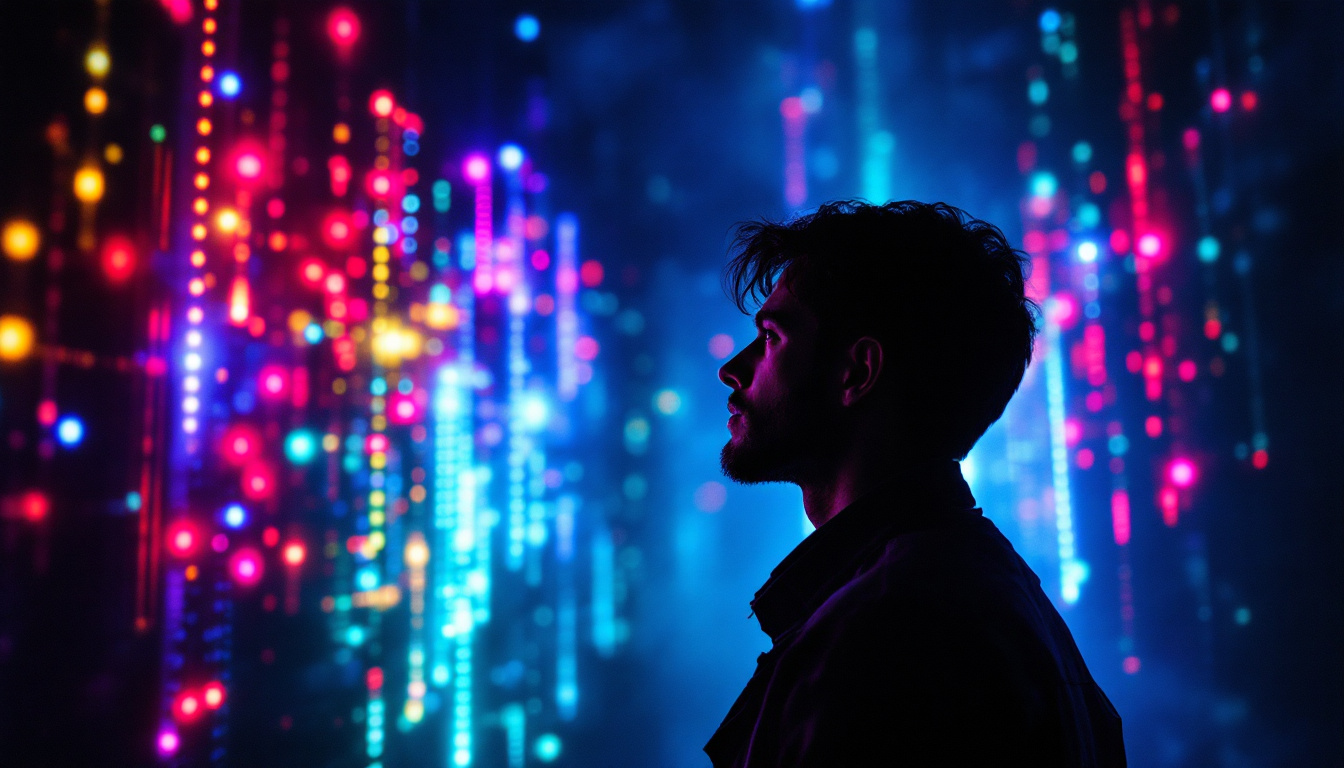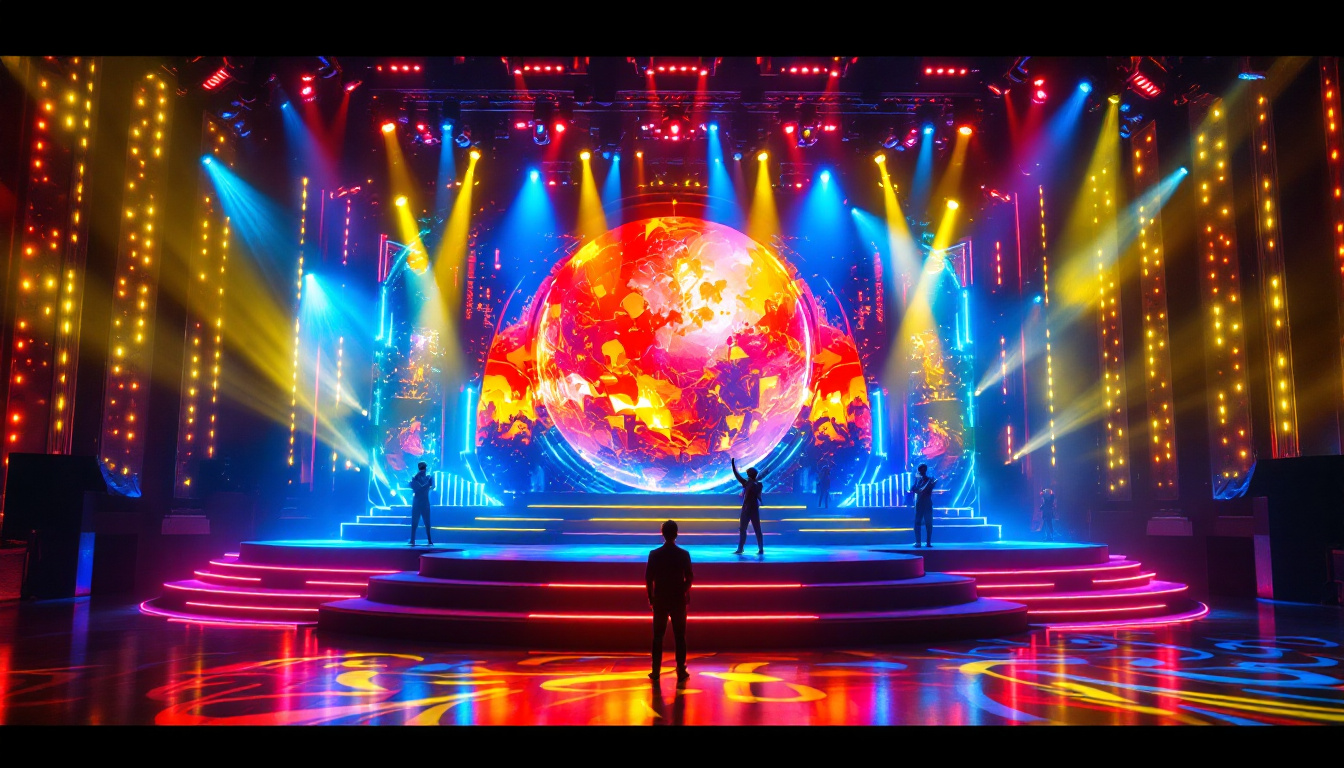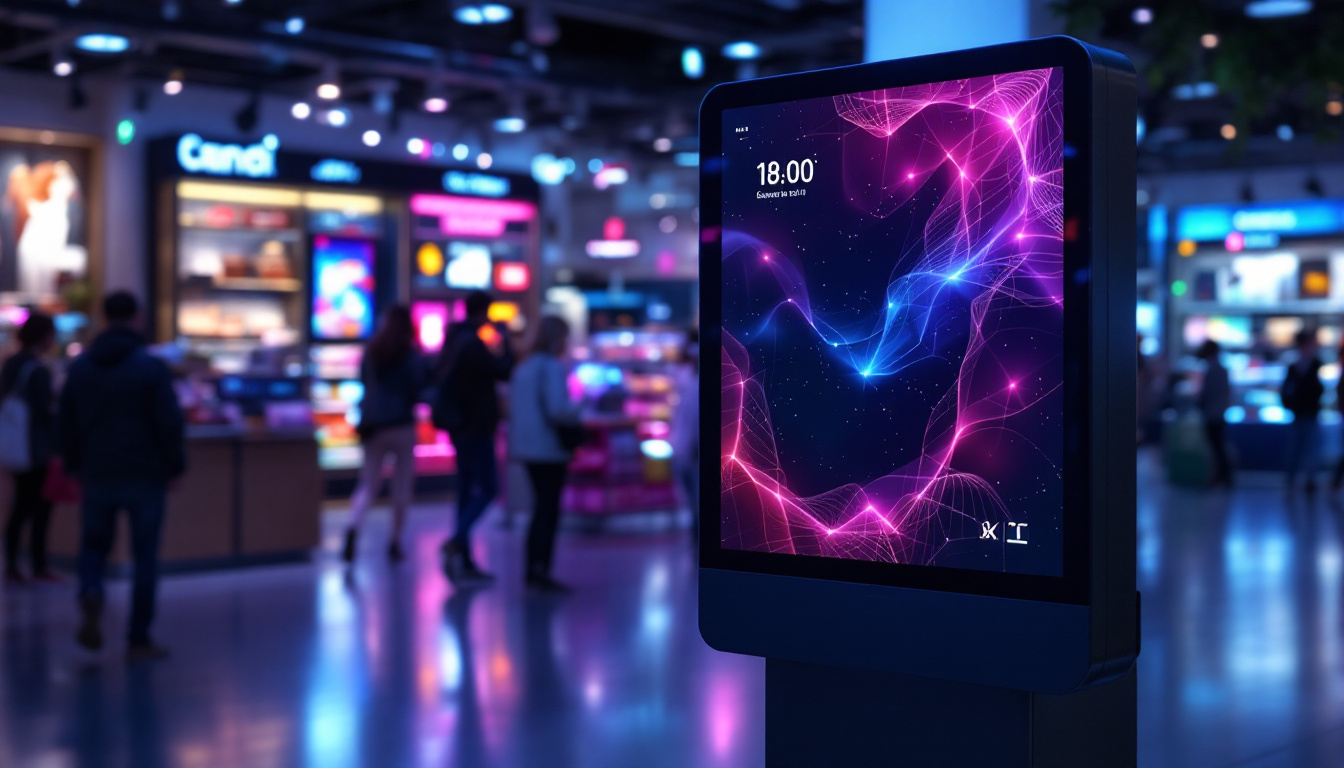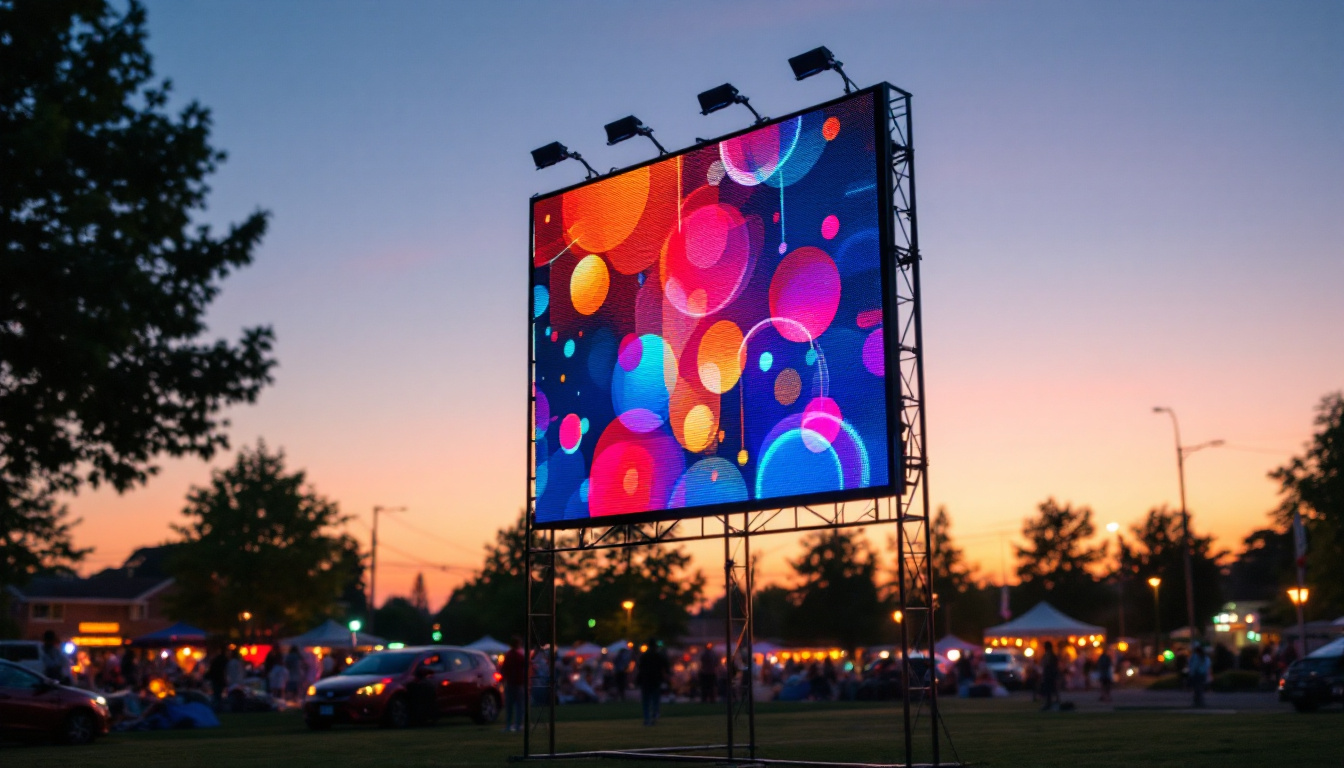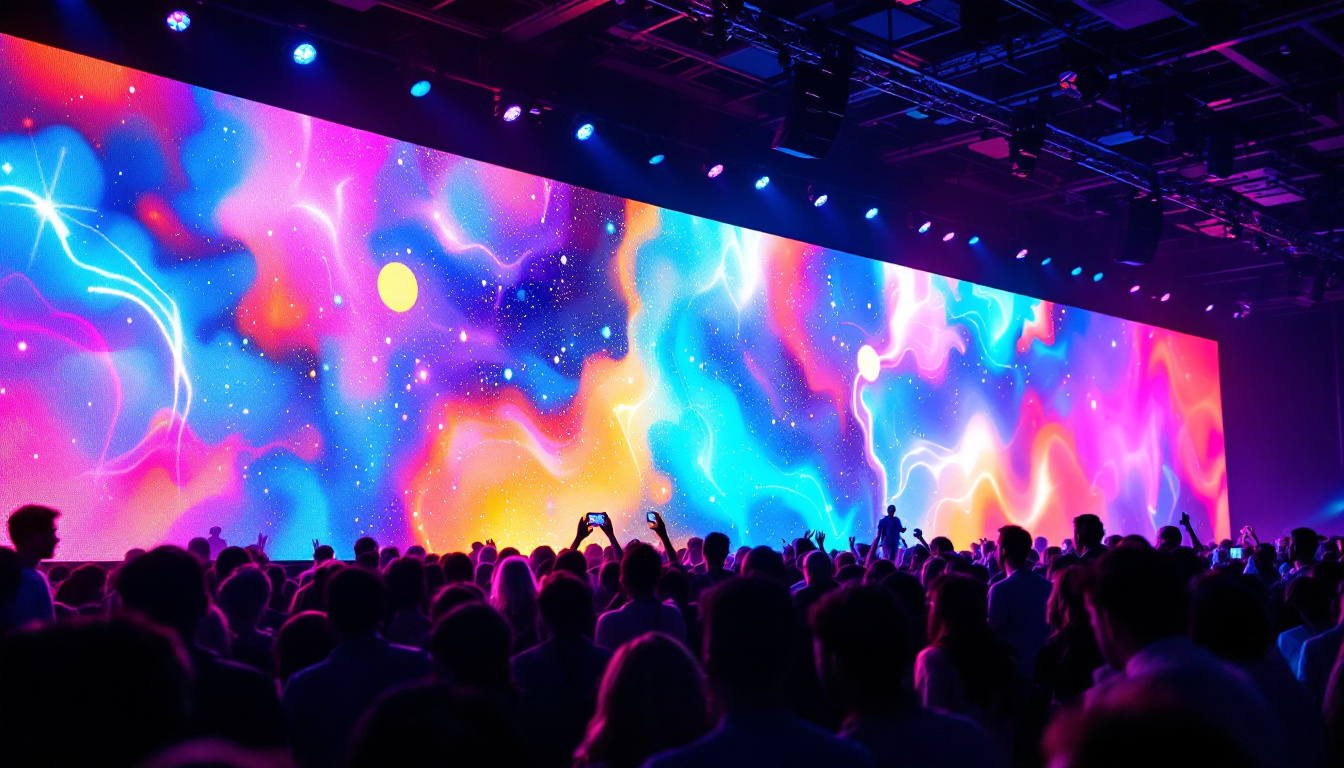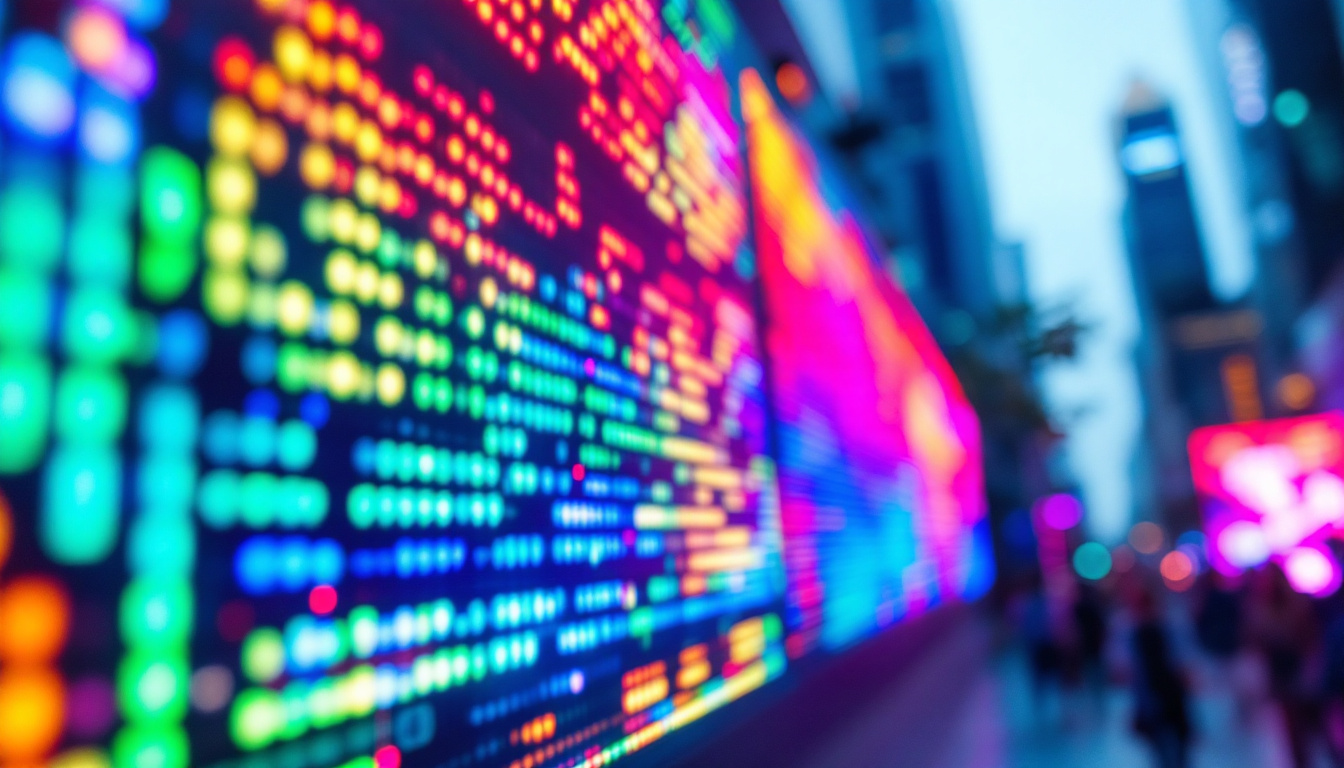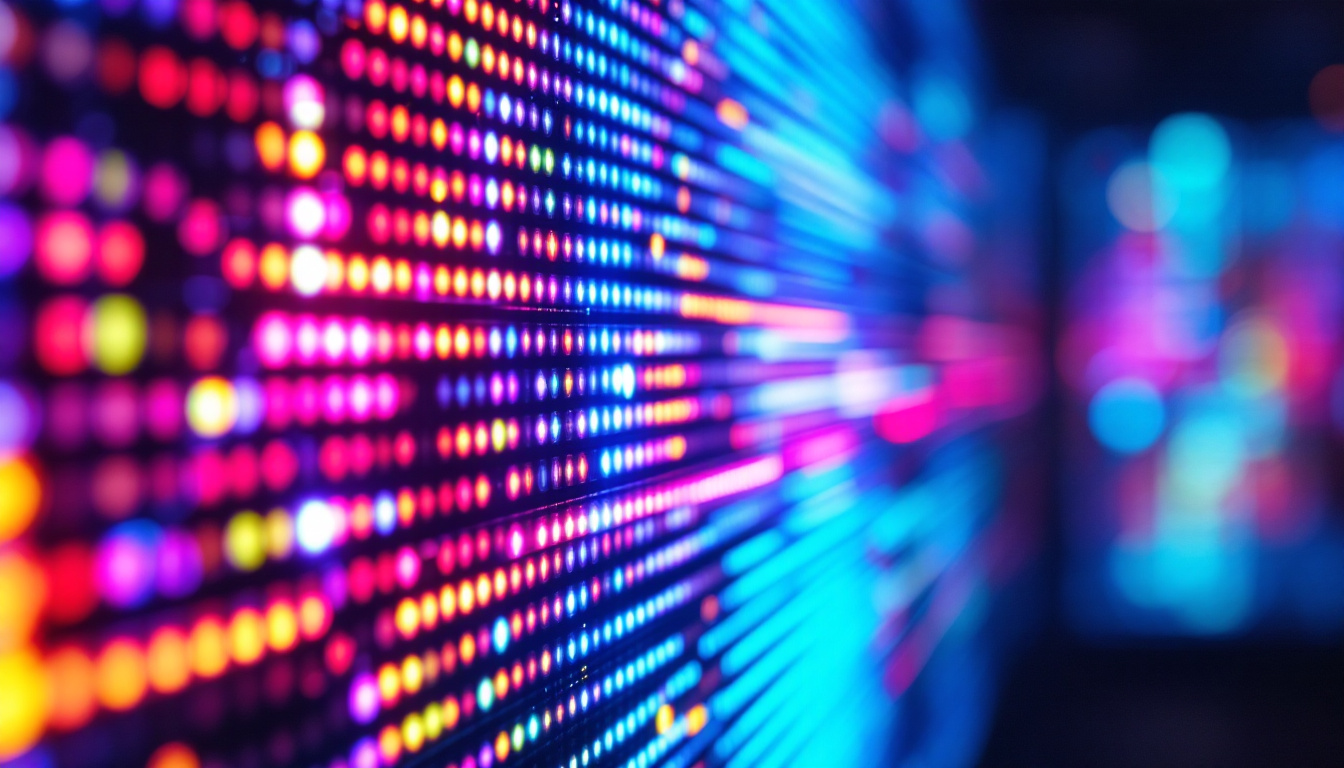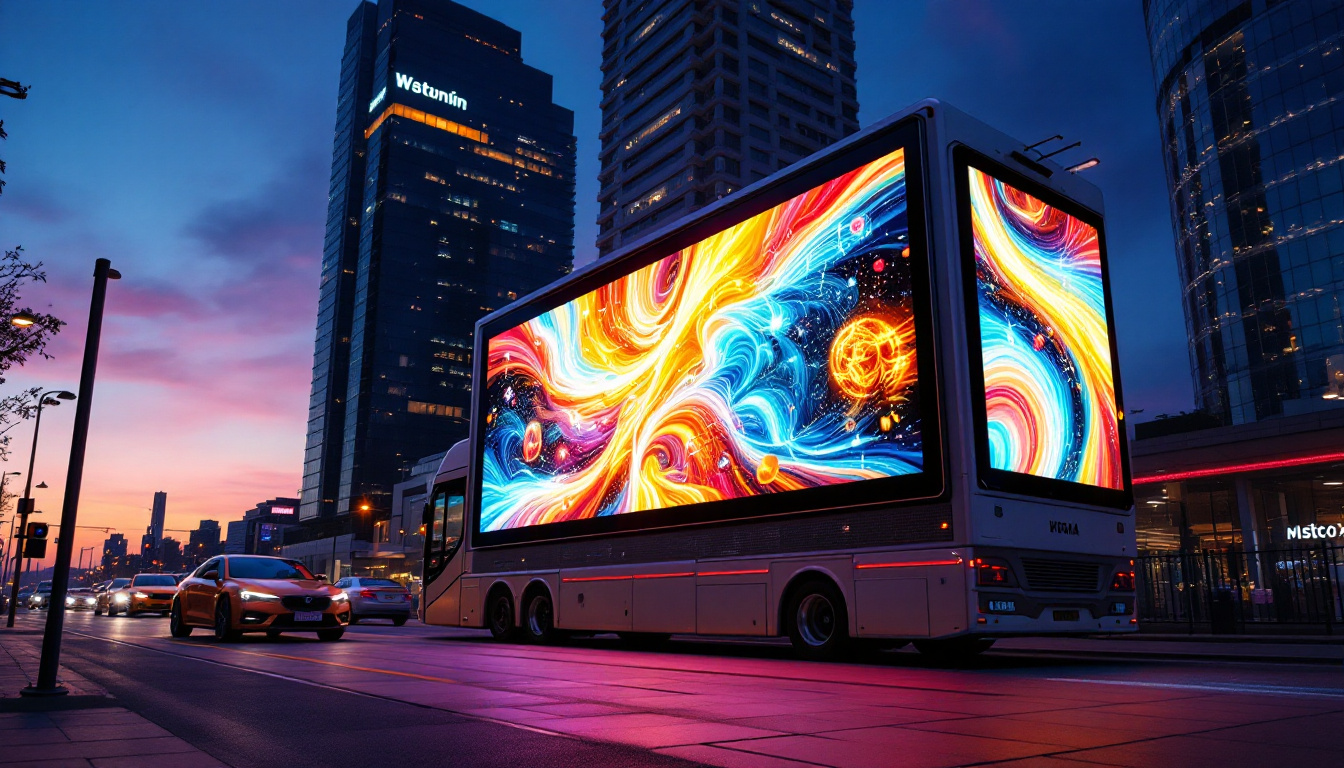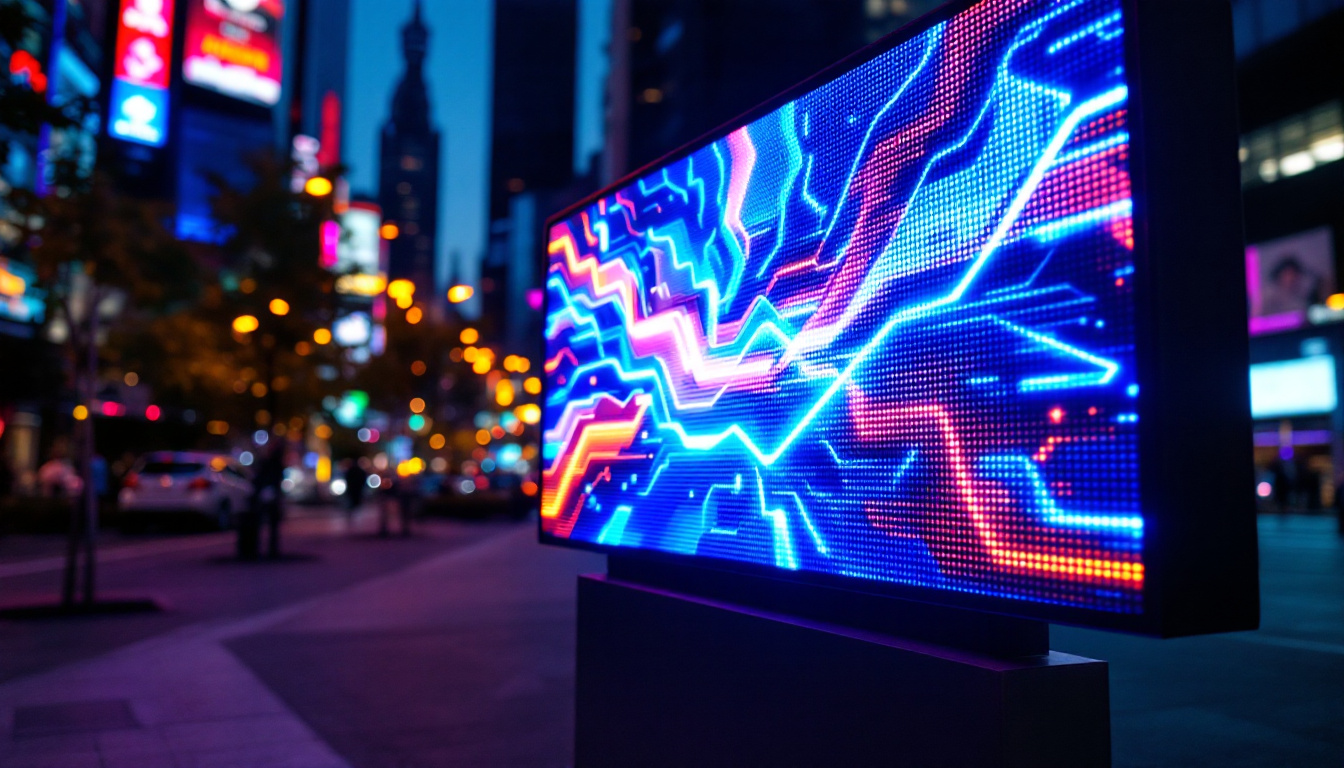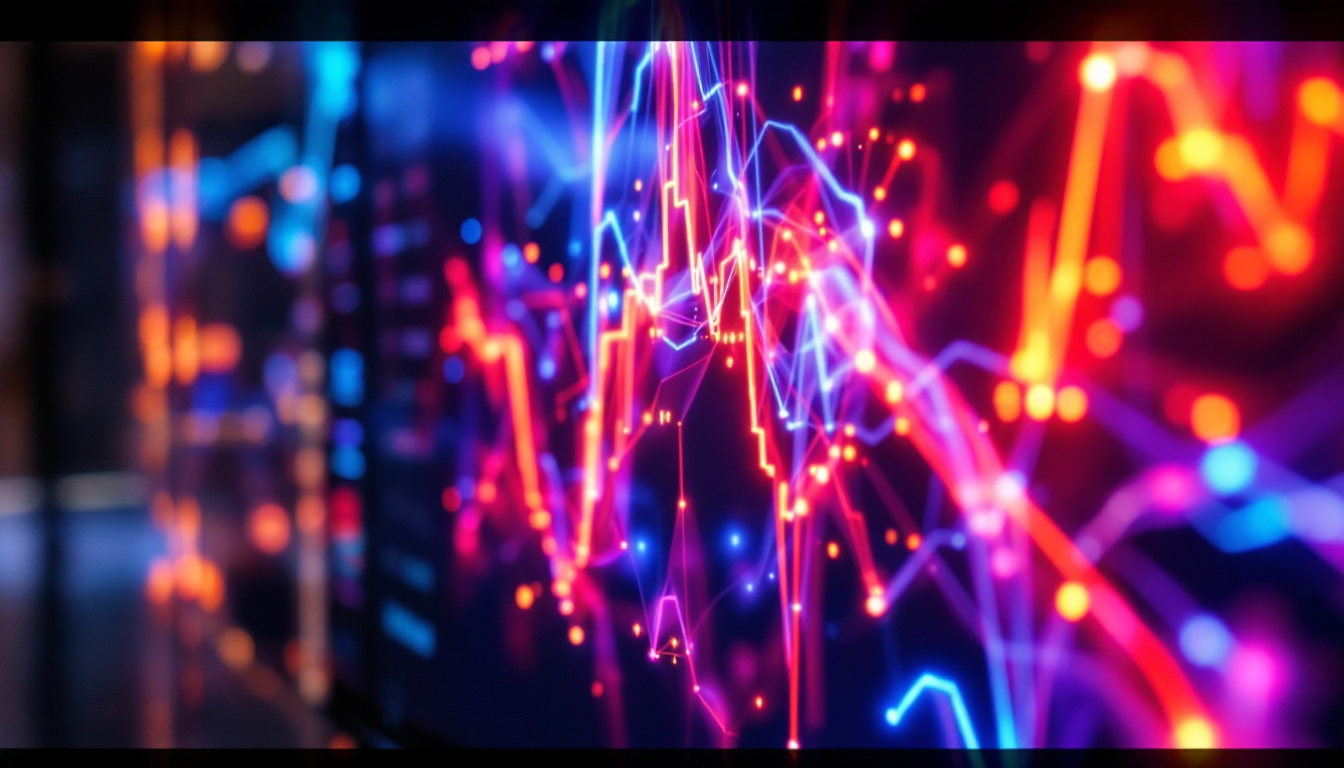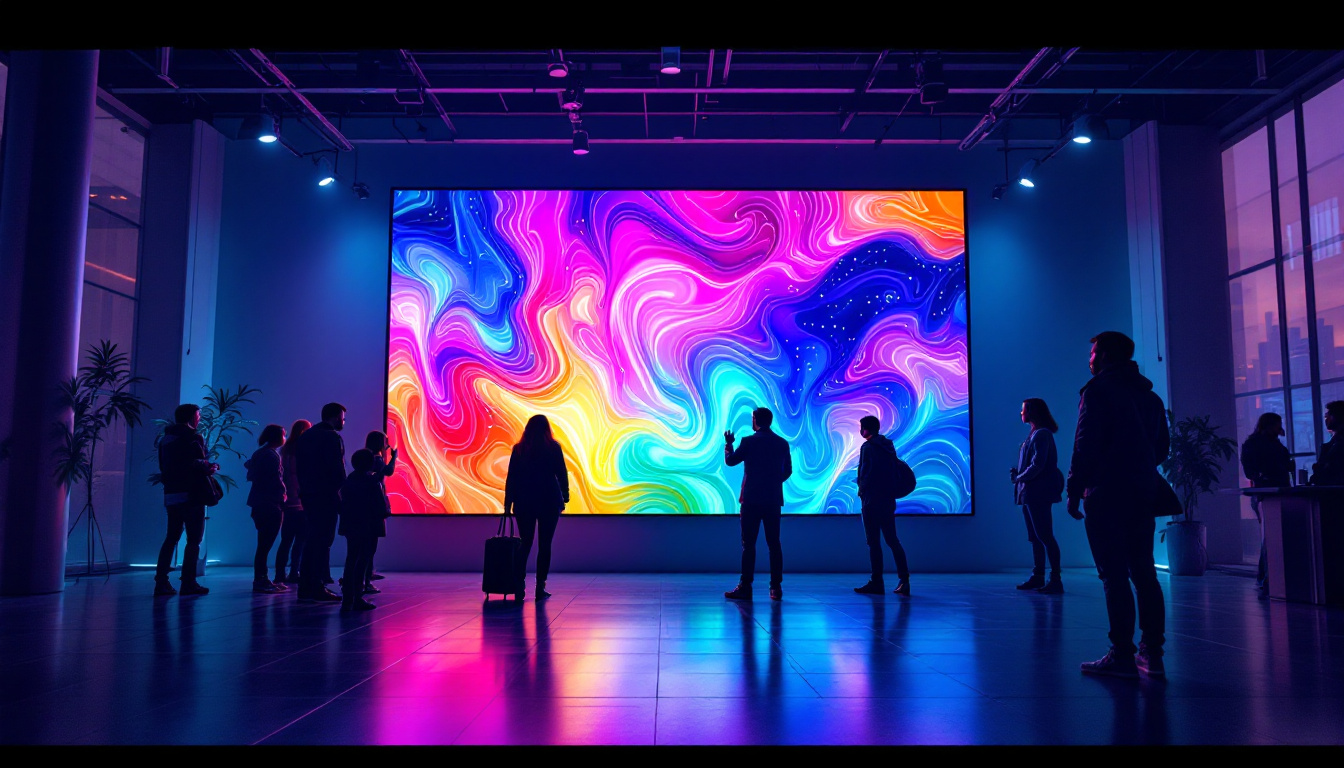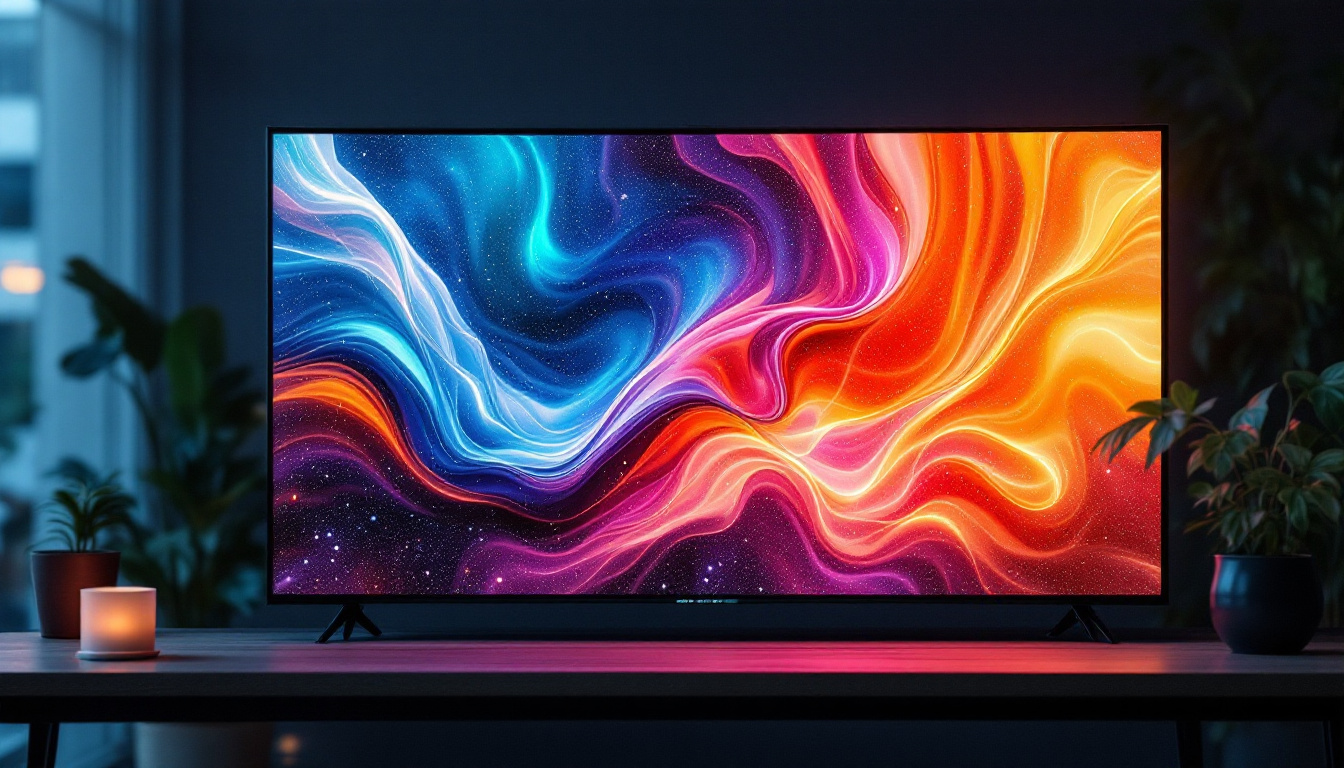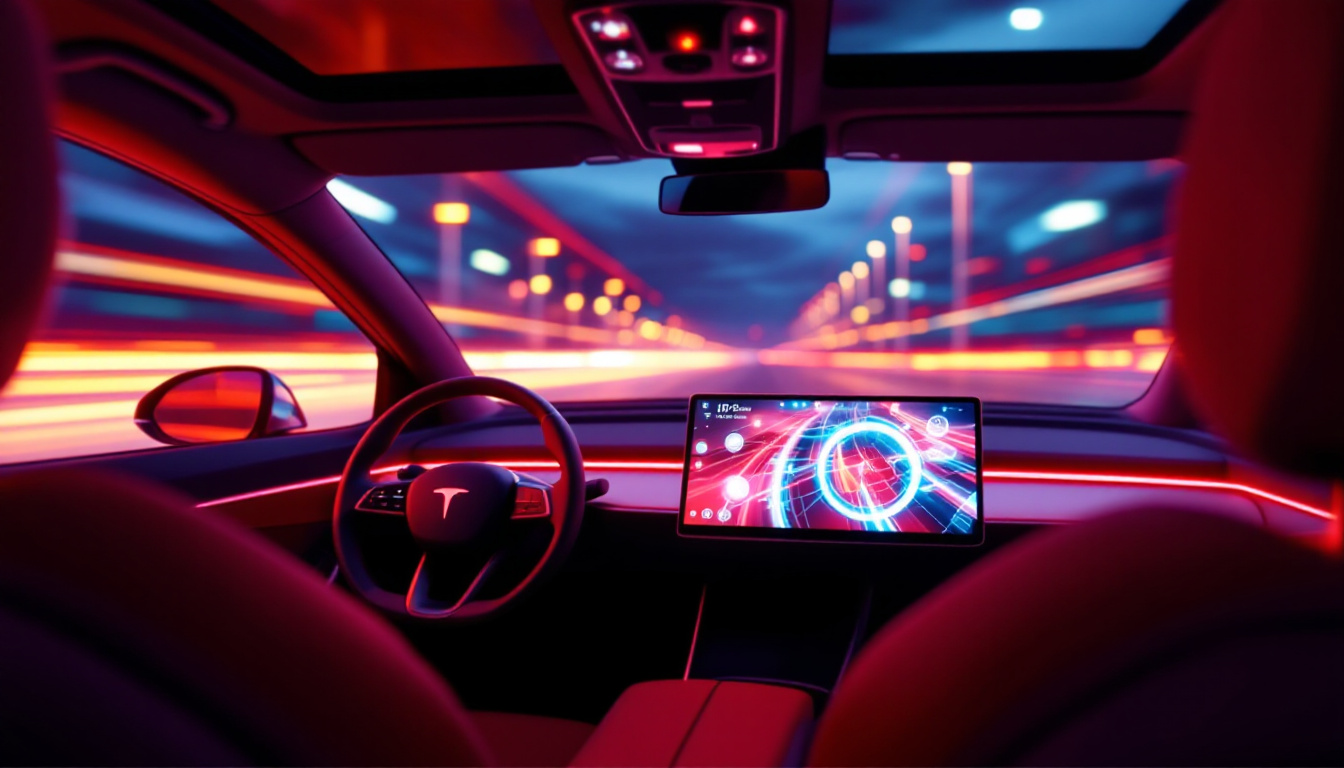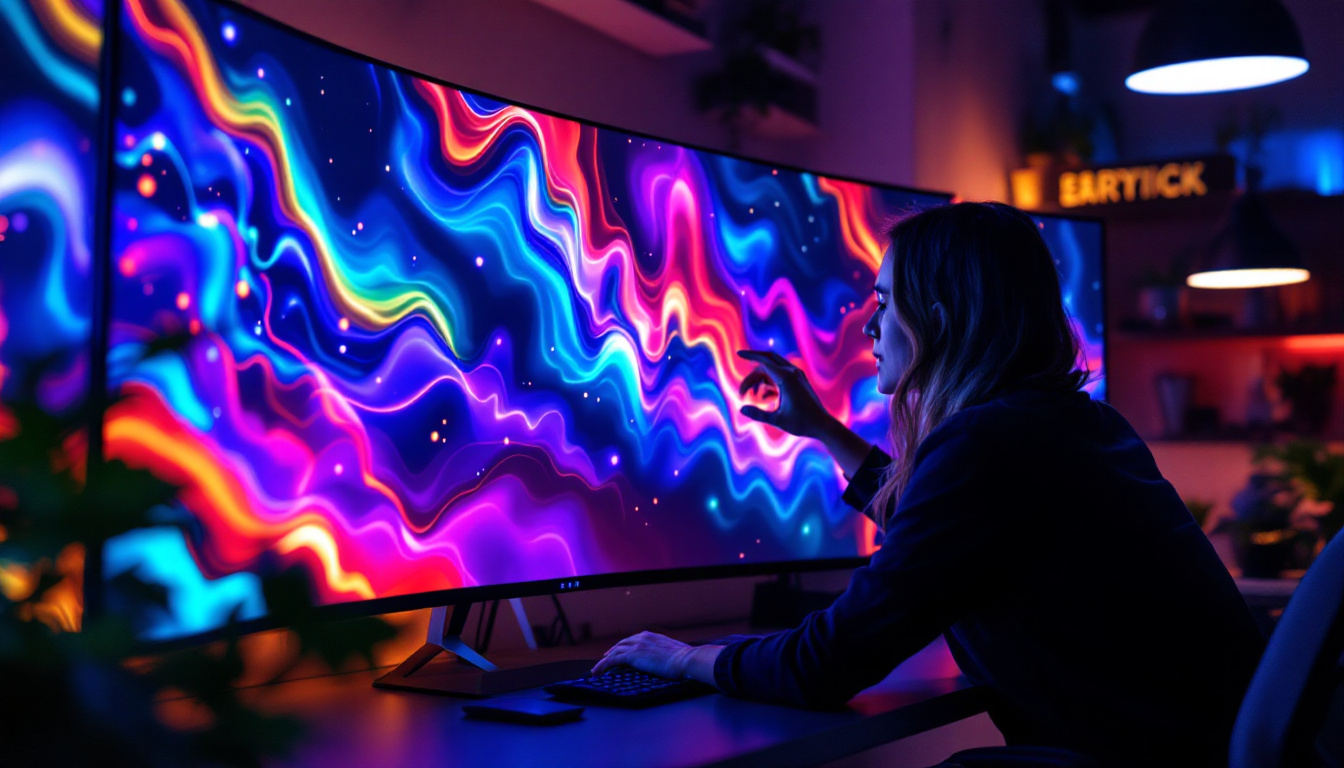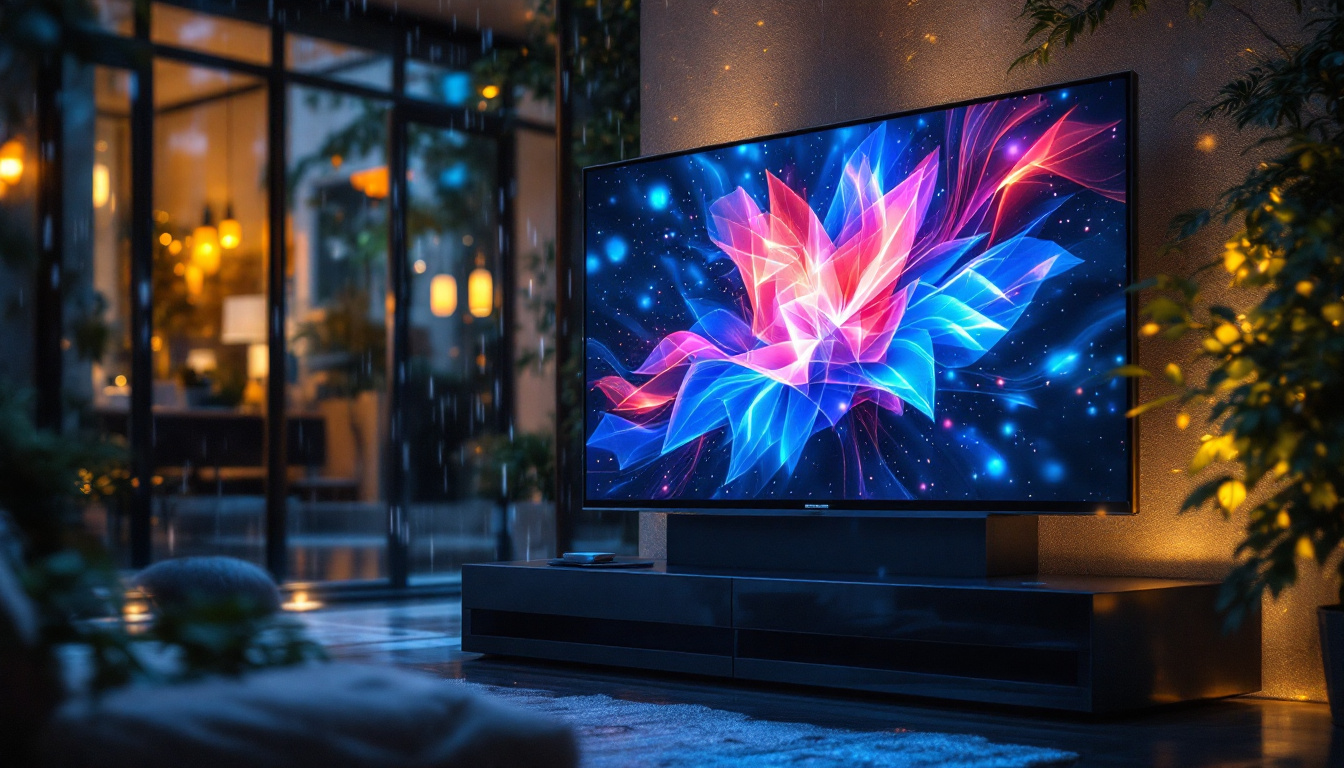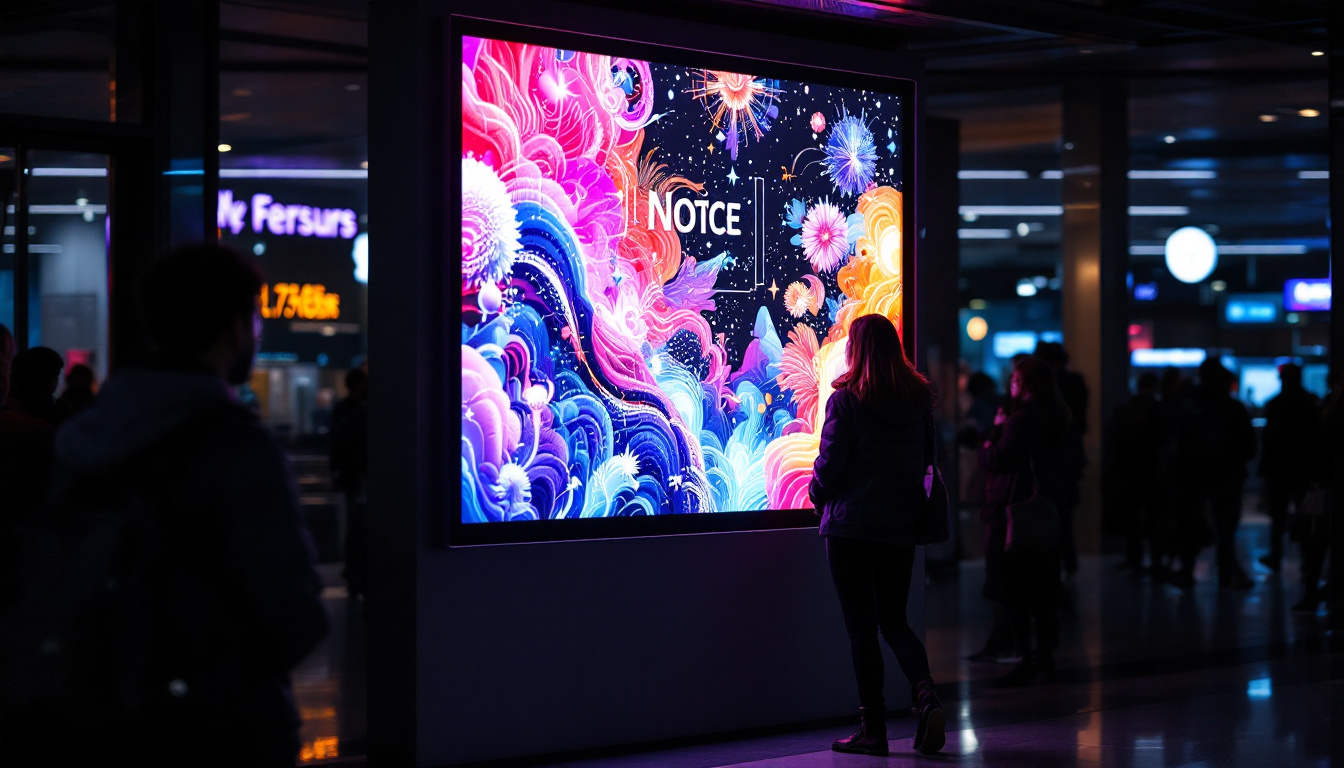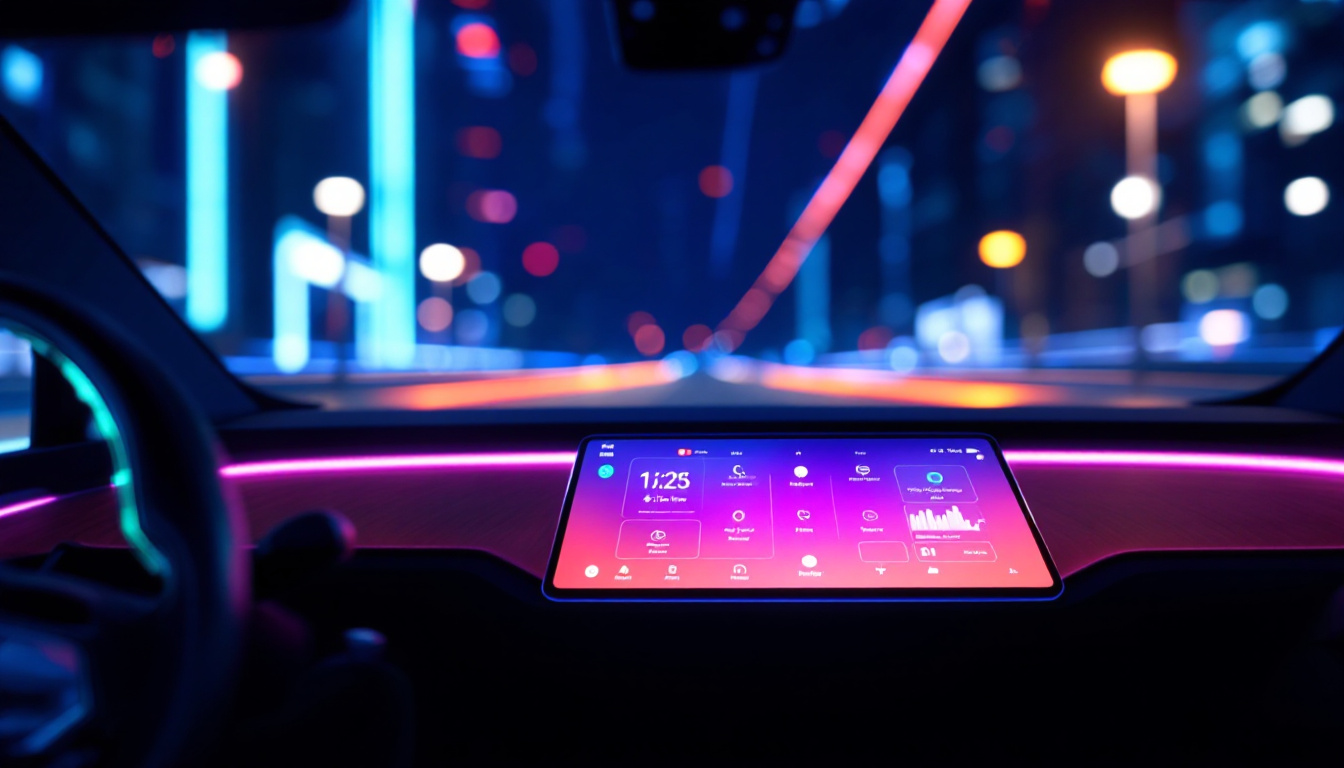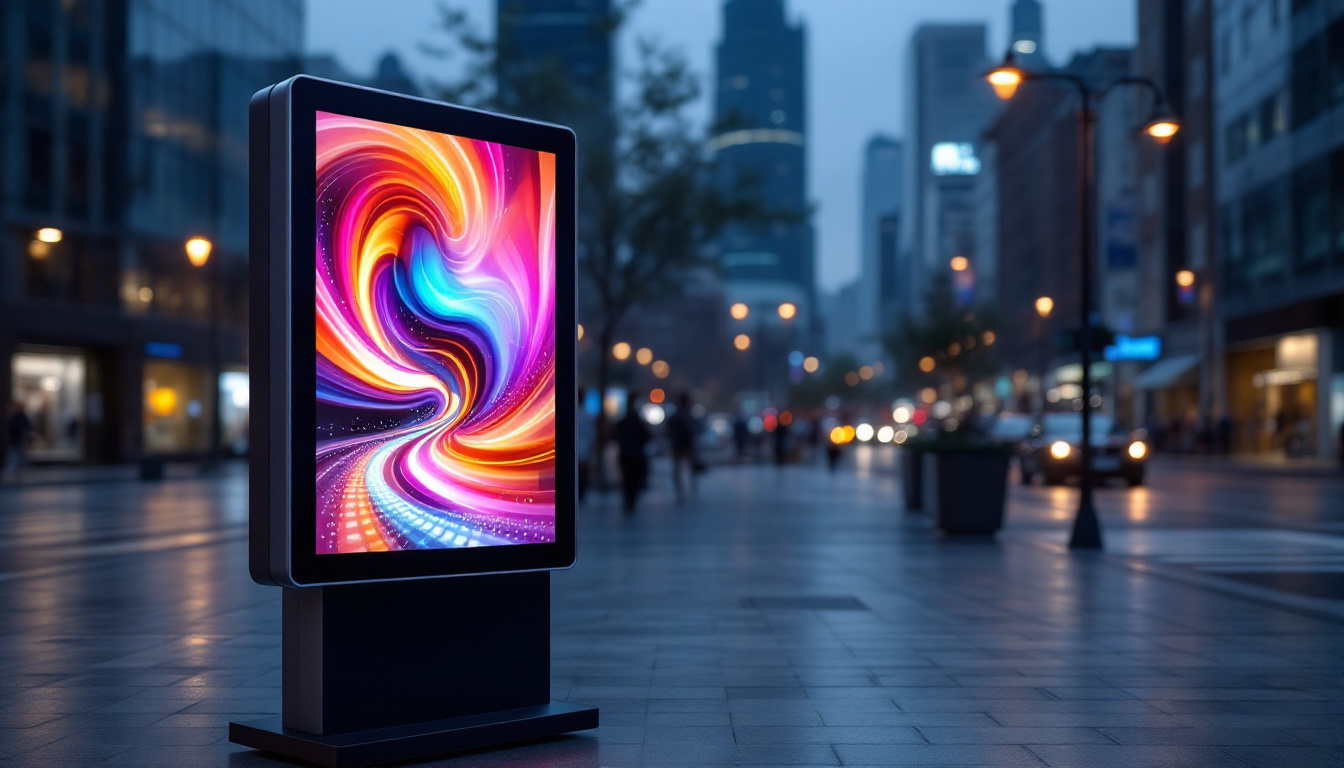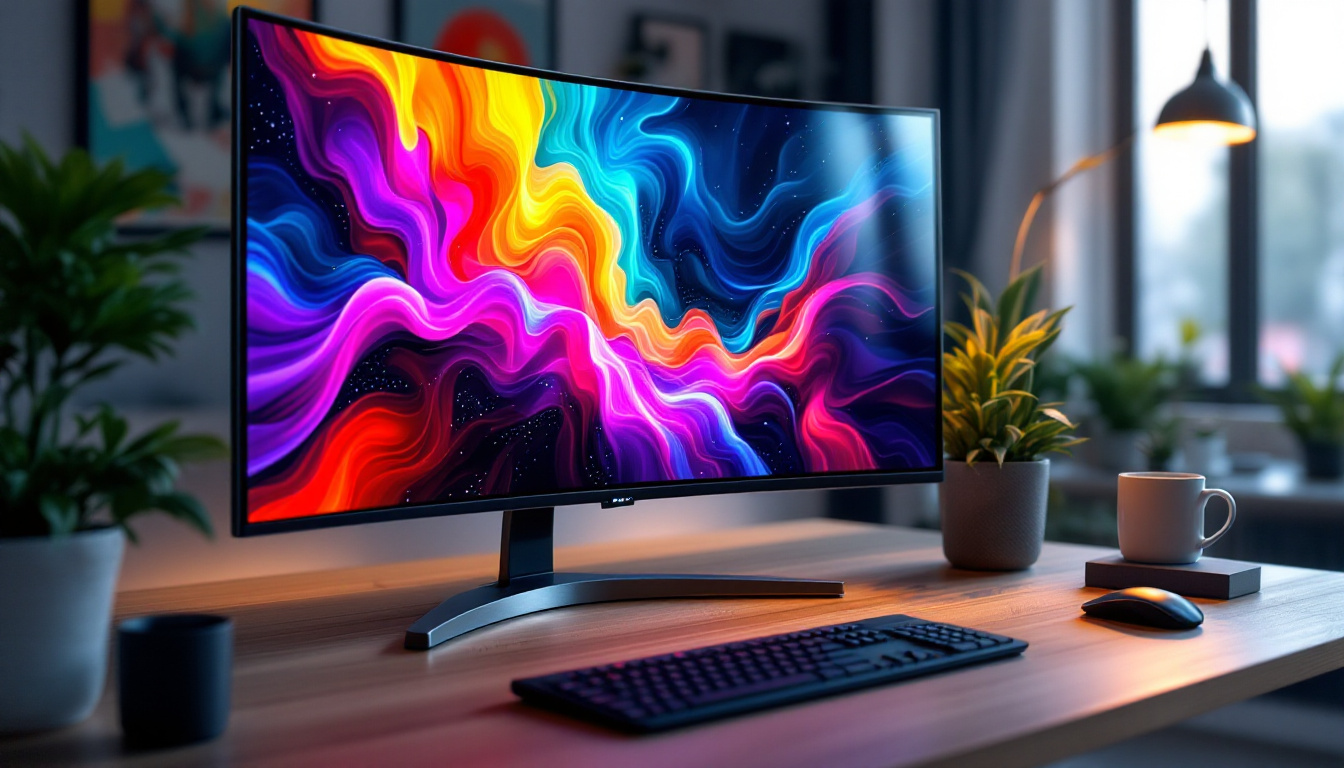In recent years, LED displays have transformed the way information is presented in various settings, from advertising to entertainment. The term “LED” stands for Light Emitting Diode, a technology that has gained popularity due to its efficiency, brightness, and versatility. This article delves into the intricacies of LED displays, their applications, advantages, and the technology behind them.
Understanding LED Technology
LED technology is a semiconductor-based light source that emits light when an electric current passes through it. This process is known as electroluminescence. The fundamental unit of an LED display is the pixel, which is made up of red, green, and blue (RGB) diodes. By varying the intensity of these colors, a wide spectrum of colors can be produced, allowing for vibrant and dynamic images. The efficiency of LED technology not only provides brighter displays but also contributes to energy savings, making it a preferred choice in modern lighting and display solutions.
The Components of an LED Display
An LED display consists of several key components that work together to create the final image. These include:
- LED Modules: These are the building blocks of an LED display, containing multiple RGB pixels. Each module can be combined with others to form larger displays, allowing for scalability in various applications, from small screens to massive billboards.
- Control System: The control system manages the display’s content, ensuring that images and videos are rendered correctly. This system can be hardware or software-based, often incorporating advanced features like real-time content updates and remote management capabilities.
- Power Supply: LED displays require a stable power source to function efficiently. The power supply must be capable of delivering the necessary voltage and current to ensure optimal performance, often featuring redundancy to prevent downtime in critical applications.
Types of LED Displays
LED displays come in various types, each designed for specific applications. The most common types include:
- Indoor LED Displays: Typically used in venues such as theaters, shopping malls, and conference rooms, these displays are designed for close viewing and offer high resolution. They often feature advanced color calibration to ensure consistency and accuracy in image quality.
- Outdoor LED Displays: Built to withstand weather conditions, outdoor displays are often used for billboards, sports arenas, and public events. They are typically brighter and have lower resolution compared to indoor displays, but advancements in technology have led to improved clarity and visibility even in direct sunlight.
- Transparent LED Displays: These innovative displays allow light to pass through, making them ideal for use in storefronts and exhibitions, where visibility is essential. Their unique design enables creative advertising solutions, blending digital content with physical environments seamlessly.
In addition to these common types, there are also specialized LED displays such as flexible LED screens, which can be bent or shaped to fit unconventional spaces, and high-definition LED walls that provide stunning visuals for large-scale events. The versatility of LED technology continues to evolve, enabling new applications in art installations, interactive displays, and even wearable technology. As the demand for visually engaging content grows, the role of LED displays in communication and entertainment becomes increasingly vital, pushing the boundaries of creativity and innovation.
Applications of LED Displays
LED displays have a wide range of applications across various industries. Their versatility and effectiveness make them suitable for both commercial and non-commercial uses.
Advertising and Marketing
One of the most prominent uses of LED displays is in advertising. Businesses utilize vibrant and eye-catching LED screens to promote products and services. The ability to change content quickly and easily allows for dynamic marketing campaigns that can capture the attention of passersby.
From large billboards on busy streets to smaller displays in retail stores, LED technology enables brands to convey their messages effectively. The high brightness levels ensure visibility even in direct sunlight, making them ideal for outdoor advertising. Furthermore, the integration of motion graphics and animations into advertisements can significantly enhance engagement, drawing in potential customers with visually stimulating content that stands out in a crowded marketplace.
Moreover, LED displays can be programmed to target specific demographics based on time of day or location, allowing businesses to tailor their marketing strategies to maximize impact. This level of customization not only increases the relevance of the advertisements but also improves the return on investment for companies looking to reach their target audience more effectively.
Entertainment and Events
LED displays have revolutionized the entertainment industry, particularly in concerts, festivals, and sporting events. Large LED screens are often used as backdrops for performances, providing stunning visuals that enhance the overall experience for the audience.
In addition to live events, LED technology is also employed in cinemas and theaters, where high-resolution displays can create immersive viewing experiences. The ability to display high-definition video content makes LED displays a preferred choice for many entertainment venues. Beyond just visuals, these displays can also incorporate synchronized lighting and sound elements, creating a multi-sensory experience that captivates audiences and elevates the overall production value.
Furthermore, LED displays are increasingly being used for interactive experiences, such as fan engagement zones at sports events, where attendees can participate in games or view instant replays on large screens. This interactivity not only enhances the enjoyment of the event but also fosters a sense of community among attendees, making the experience memorable and unique.
Information and Communication
LED displays are widely used for informational purposes, such as in transportation hubs, schools, and corporate settings. digital signage solutions provide real-time information, including schedules, announcements, and directions.
In airports and train stations, LED displays are essential for displaying flight information, helping travelers navigate their journeys with ease. Similarly, educational institutions utilize LED screens for announcements, schedules, and presentations, making communication more efficient. The clarity and brightness of LED displays ensure that information is easily readable from a distance, which is particularly important in busy environments where quick comprehension is necessary.
Additionally, LED displays can be integrated with advanced software systems that allow for remote management and updates. This capability is especially beneficial for organizations that need to disseminate information quickly across multiple locations. For instance, a corporate office can update all its digital signage in real-time to reflect changes in meeting schedules or important announcements, ensuring that employees are always informed and engaged. This level of connectivity not only streamlines communication but also enhances operational efficiency across various sectors.
Advantages of LED Displays
The growing popularity of LED displays can be attributed to several advantages that set them apart from traditional display technologies.
Energy Efficiency
One of the most significant benefits of LED displays is their energy efficiency. Compared to traditional lighting technologies, LEDs consume significantly less power, resulting in lower electricity bills and a reduced carbon footprint. This efficiency makes them an environmentally friendly choice for both businesses and consumers.
Longevity and Durability
LED displays are known for their longevity, often lasting up to 100,000 hours or more with proper maintenance. This durability reduces the need for frequent replacements, making them a cost-effective solution in the long run. Additionally, LED displays are more resistant to shock and vibration, making them suitable for various environments.
High Brightness and Contrast
LED displays offer exceptional brightness levels, making them easily visible in various lighting conditions. This capability is particularly important for outdoor applications where sunlight can wash out images on traditional displays. Furthermore, the high contrast ratio of LED displays enhances image quality, resulting in sharper and more vibrant visuals.
Challenges and Considerations
While LED displays offer numerous advantages, there are also challenges and considerations that need to be addressed when implementing this technology.
Initial Costs
The initial investment for LED displays can be higher than traditional display technologies. The cost of purchasing and installing LED screens can be a barrier for some businesses. However, it is essential to consider the long-term savings on energy and maintenance costs, which can offset the initial expenditure.
Heat Generation
LED displays generate heat during operation, which can affect their performance and lifespan if not managed properly. Adequate cooling systems must be in place to dissipate heat and ensure optimal functioning. This consideration is particularly important for large outdoor displays that may be exposed to high temperatures.
Content Management
Managing content on LED displays can be a complex task, especially for businesses that require frequent updates. A robust content management system is essential to streamline the process and ensure that the right messages are displayed at the right times. Companies must invest in training and resources to effectively manage their digital signage.
Future Trends in LED Display Technology
The LED display industry is continuously evolving, with advancements in technology leading to exciting new possibilities. Several trends are shaping the future of LED displays.
MicroLED Technology
MicroLED technology is one of the most promising advancements in the LED display sector. This technology utilizes microscopic LEDs to create displays with even higher resolution and contrast ratios. MicroLED displays are expected to offer improved energy efficiency and flexibility, making them suitable for a wide range of applications.
Flexible and Curved Displays
Flexible LED displays are gaining traction, allowing for innovative designs that can adapt to various surfaces and shapes. These displays can be used in creative installations, enhancing the visual experience in retail environments, exhibitions, and architectural projects. Curved displays, in particular, can create immersive experiences that engage viewers in new ways.
Integration with IoT and AI
The integration of LED displays with the Internet of Things (IoT) and artificial intelligence (AI) is set to revolutionize digital signage. Smart displays can analyze viewer behavior and preferences, allowing for targeted advertising and personalized content delivery. This level of interactivity can enhance user engagement and improve the effectiveness of marketing campaigns.
Conclusion
LED displays have become an integral part of modern communication and advertising strategies. Their versatility, energy efficiency, and vibrant visuals make them a preferred choice for various applications, from marketing to entertainment. As technology continues to advance, the future of LED displays looks promising, with innovations such as MicroLED technology and flexible displays paving the way for even more creative possibilities.
Understanding the components, applications, and advantages of LED displays is essential for businesses looking to leverage this technology effectively. By staying informed about industry trends and challenges, organizations can make informed decisions that will enhance their visibility and communication strategies in an increasingly digital world.
Explore Cutting-Edge LED Display Solutions with LumenMatrix
Ready to elevate your visual communication strategy with the latest in LED display technology? LumenMatrix is at the forefront of innovation, offering a diverse range of LED display solutions tailored to meet your unique needs. From Indoor and Outdoor LED Wall Displays to specialized options like Vehicle LED Displays, LED Sports Displays, and even Custom LED solutions, we have the expertise to bring your vision to life. Experience the transformative power of our LED displays and see how they can enhance engagement and captivate your audience. Check out LumenMatrix LED Display Solutions today and take the first step towards a brighter, more impactful display experience.

